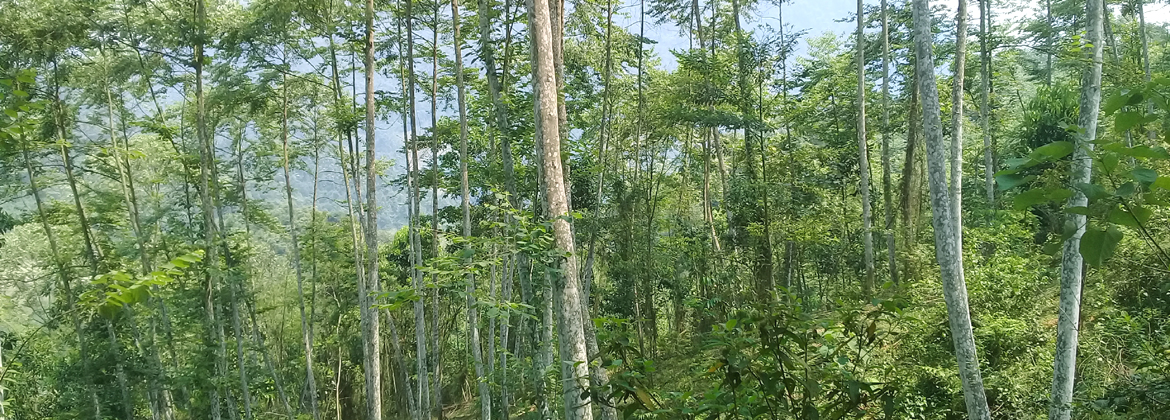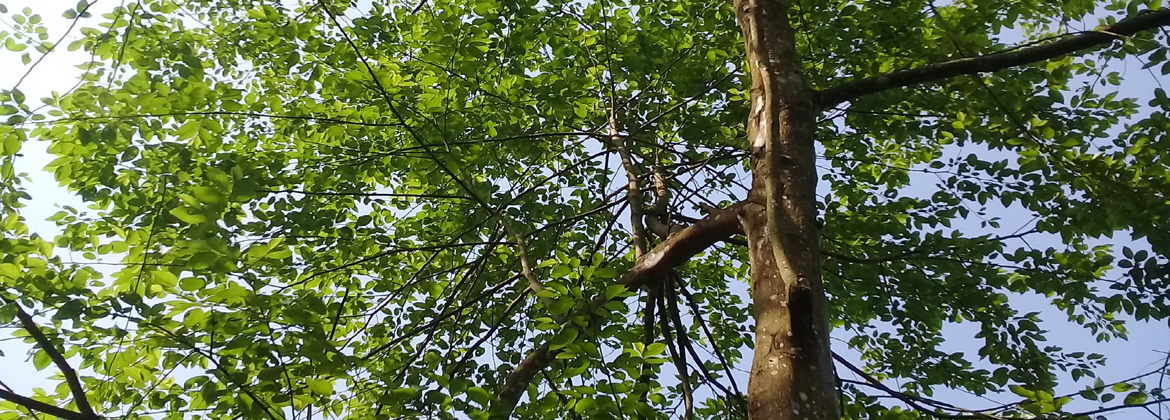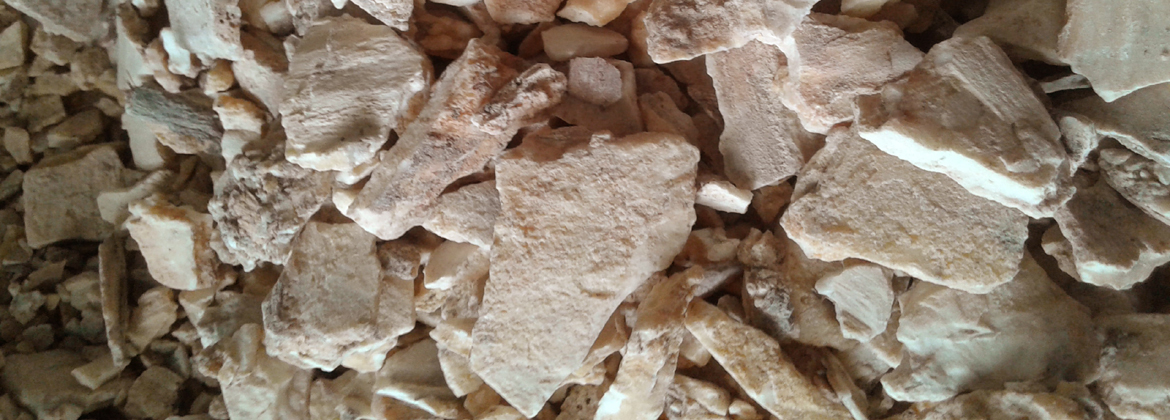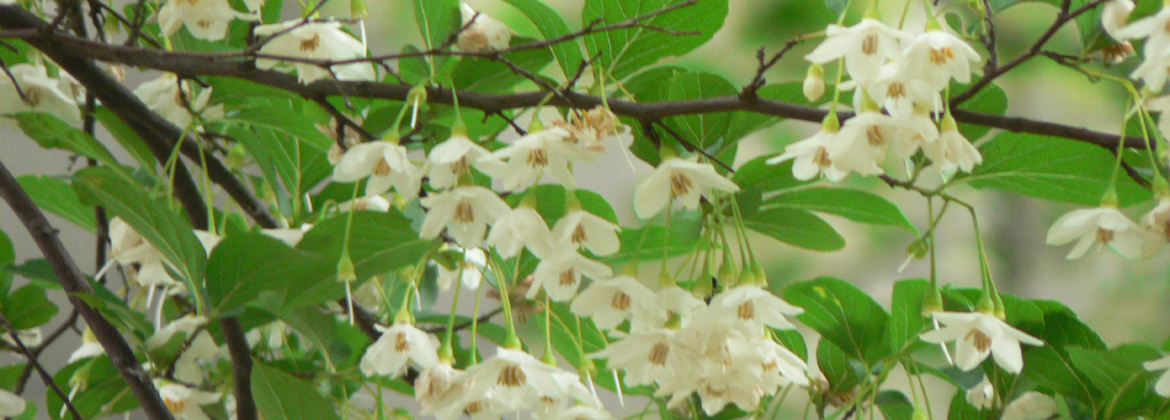What is Benzoin Siam Gum
Benzoin is the fragrant, resinous exudation secreted by a tree – the Styrax tonkinensis – after an attack by a parasite or an incision in the trunk
There are two types of benzoin resin used in incense and perfumery, benzoin Siam and benzoin Sumatra. Benzoin Siam is obtained from Styrax tonkinensis, found in Vietnam & Laos only. Benzoin Sumatra is obtained from Styrax benzoin grown on the island of Sumatra. Both varieties are anti-pathogenic resins, which are exuded from the tree when it is damaged.
Benzoin resin or styrax resin is a balsamic resin obtained from the bark of several species of trees in the genus Styrax. It is used in perfumes, some kinds of incense, as a flavoring, and medicine (see tincture of benzoin). Its principal component is benzoic acid. Commonly called "benzoin", it is called "benzoin resin" here to distinguish it from the crystalline compound benzoin. Benzoin resin does not contain this crystalline compound.Benzoin is also called gum benzoin or gum benjamin, but "gum" is incorrect as benzoin is not a water-soluble polysaccharide. Benzoin resin is a common ingredient in incense-making and perfumery because of its vanilla ice-cream aroma and fixative properties. Gum benzoin is a major component of the type of church incense used in Russia and some other Orthodox Christian societies. Most benzoin is used in Arab States of the Persian Gulf and India, where it is burned on charcoal as an incense. In perfumery, benzoin is used as a fixative, slowing the dispersion of essential oils and other fragrance materials into the air. Its penetrating qualities are useful in massage for easing tired muscles. It is used in treating arthritis, bronchitis, chapped skin, coughing, laryngitis, and stress. It has the ability to instantly calm and soothe the soul emotionally.
Benzoin resin or styrax resin is a balsamic resin obtained from the bark of several species of trees in the genus Styrax. It is used in perfumes, some kinds of incense, as a flavoring, and medicine (see tincture of benzoin). Its principal component is benzoic acid. Commonly called "benzoin", it is called "benzoin resin" here to distinguish it from the crystalline compound benzoin. Benzoin resin does not contain this crystalline compound.Benzoin is also called gum benzoin or gum benjamin, but "gum" is incorrect as benzoin is not a water-soluble polysaccharide. Benzoin resin is a common ingredient in incense-making and perfumery because of its vanilla ice-cream aroma and fixative properties. Gum benzoin is a major component of the type of church incense used in Russia and some other Orthodox Christian societies. Most benzoin is used in Arab States of the Persian Gulf and India, where it is burned on charcoal as an incense. In perfumery, benzoin is used as a fixative, slowing the dispersion of essential oils and other fragrance materials into the air. Its penetrating qualities are useful in massage for easing tired muscles. It is used in treating arthritis, bronchitis, chapped skin, coughing, laryngitis, and stress. It has the ability to instantly calm and soothe the soul emotionally.
Originally from Vietnam & Laos, Styrax tonkinensis grows wild in the mountains of Laos and northern Vietnam. This large tree that looks like a birch is called benzoin Laos, benzoin Siam, or benzoin aliboufier. The tree’s fragrant exudation, benzoin gum, is what is harvested. Production of this resin is artificially stimulated by making incisions in the trunk of a mature tree in the month of June to Aug. Several incisions are made on the same tree; a tree can produce for two to three years. The incision in the bark is in the shape of a “V” or a rectangle, so that the precious resin accumulates between the flap of bark and the trunk. Benzoin flows down the trunk in brittle, white tears a few weeks after the initial tapping. The year’s one harvest takes place in January and February when the weather is cool & dry. The benzoin gum are then cleaned and sorted by size and color to be given different grades; First Grade, Second Grade or Mix grade gum. Each grades with its own olfactory qualities.











